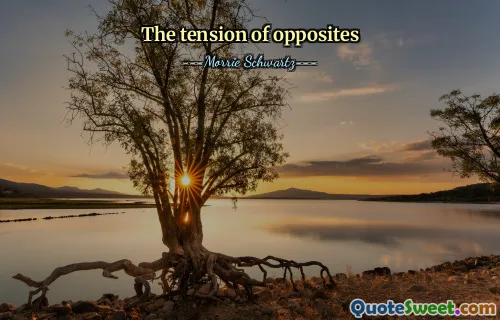
"People see stories everywhere," Regine says. "That's what my father used to say. We take random events and we string them together in a pattern so we can comfort ourselves with a story, no matter how much it obviously isn't true." She glances back at Seth. "We have to lie to ourselves to live. Otherwise, we'd go crazy."
This quote poignantly captures a fundamental aspect of human psychology — our innate desire to create meaning out of chaos. Regine’s reflection that people see stories everywhere speaks to the deep-seated need for narrative structure in our lives. We are uncomfortable with randomness; it's unsettling to perceive the world as just a sequence of unrelated events. Thus, we construct patterns and stories, imposing order where none might objectively exist.
The idea that we string together random events into comforting stories, regardless of their truth, reveals a paradox about truth and self-preservation. Sometimes, the stories we tell ourselves are not factual, but they serve a vital emotional and psychological function. They provide coherence to our experience, support our identity, and sustain hope. This selective distortion isn't necessarily destructive; it can be protective.
The most striking line, "We have to lie to ourselves to live. Otherwise, we'd go crazy," encapsulates the delicate balance between reality and illusion. It suggests that a purely objective perspective might be unbearable. To endure life’s uncertainties and sufferings, humans rely on cognitive frameworks often tinged with subjective embellishments.
From a broader viewpoint, this quote prompts reflection on the nature of truth and narrative in human existence. It challenges us to recognize the stories we tell ourselves, question their origins, and understand their functions. By doing so, we can better navigate the complex interplay of reality and perception without losing sight of mental well-being.
---Patrick Ness---







